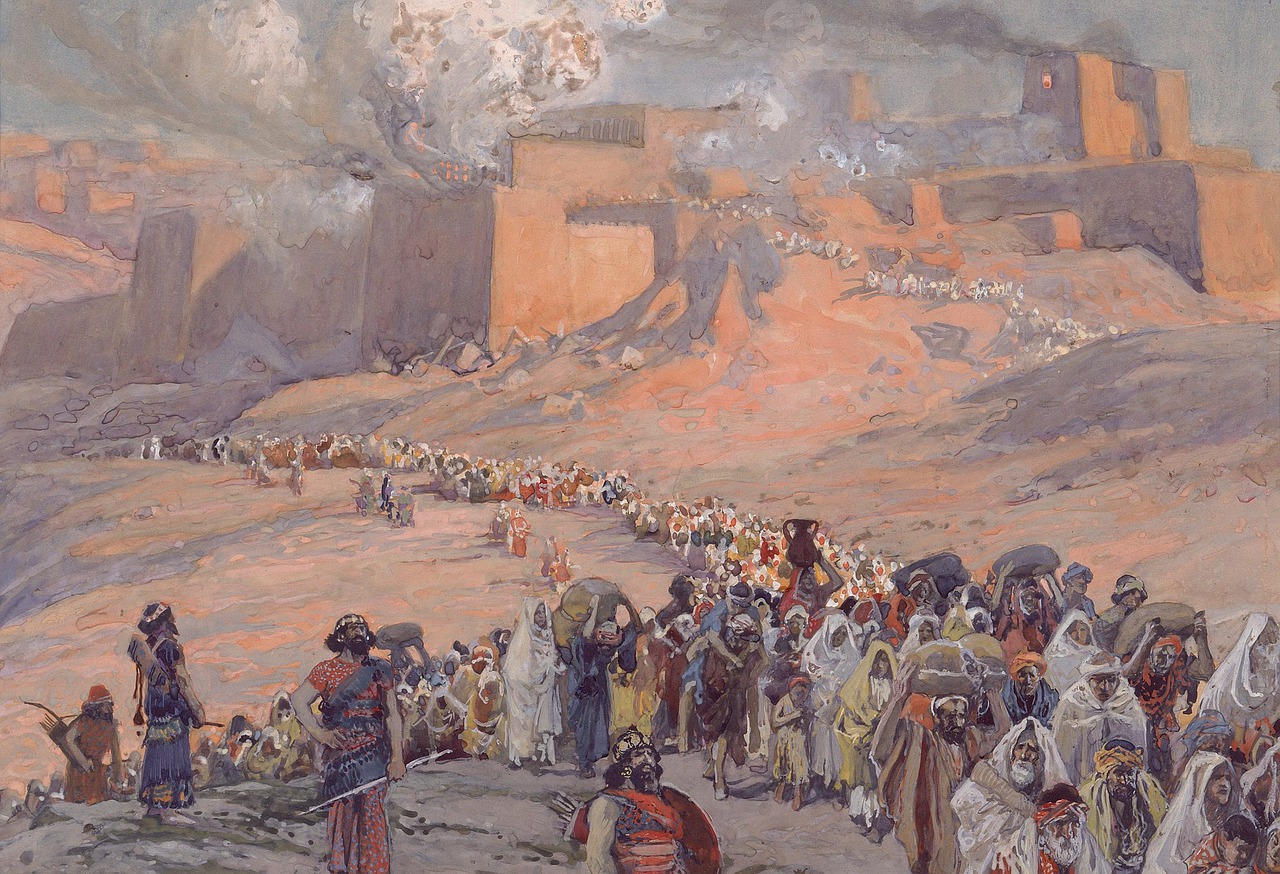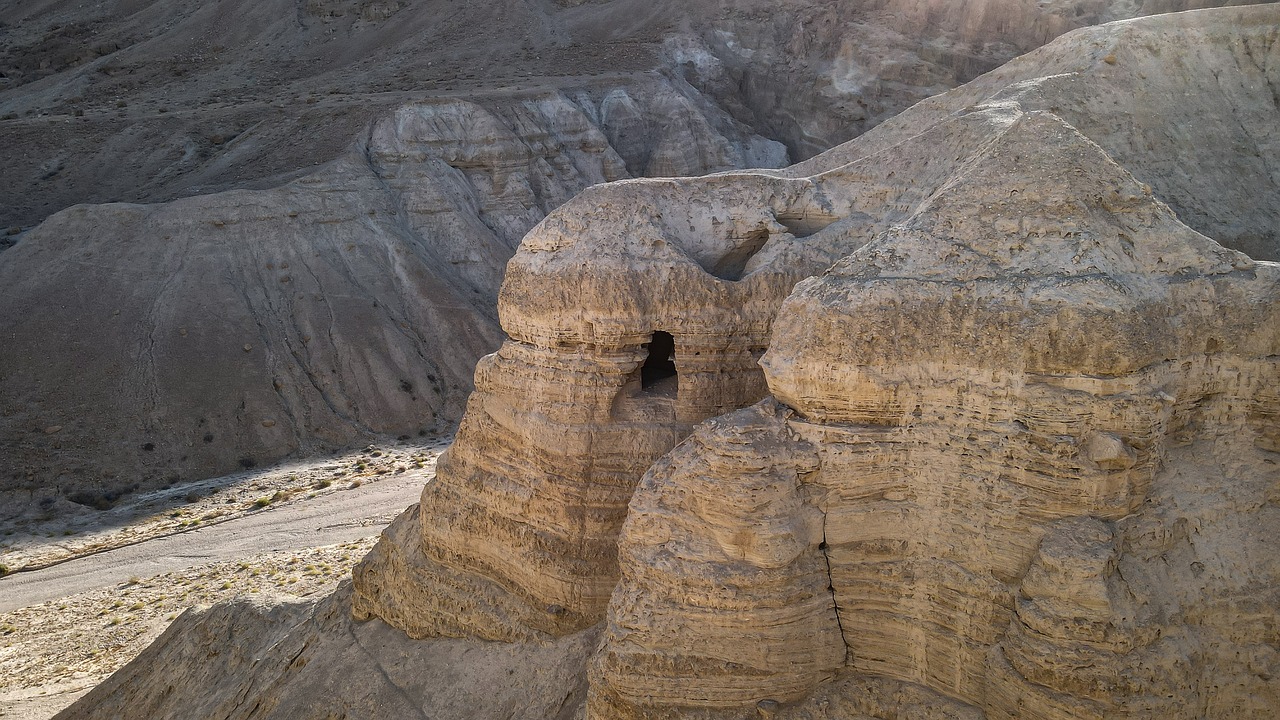What’s in the Bible but not in *any* other holy book?
Verifiable historical facts…and no mistakes. (Verifiable scientific facts with no mistakes, too, but today we’re taking a look at history!)

Dead Sea Scrolls
The Dead Sea Scrolls are some of the oldest manuscripts of the Old Testament ever found…and what’s awesome about them is that they match our more recent (but still pretty ancient!) copies, word for word…proving that the text has NOT been altered/corrupted as some have claimed.
Nazareth
Until recently, some historians were raising questions about whether Nazareth, Jesus’ childhood hometown, was a real place. Well…it is. And we know that because we’ve now discovered the remains of it.

Israelites Enslaved in Egypt
Another fact claimed by the Bible that some historians doubted until recently was whether the Israelites were really enslaved in Egypt. Again…yes, they were. Until recently, we didn’t have any artifacts in Egypt’s archaeological record. Now, we have confirmed evidence of their slavery practices and living conditions along with brick-making practices…all of which, of course, the Bible already told us about accurately.
Pontius Pilate Stone
In the 1960s, a stone was found containing confirmation that Pilate ruled over Judea, with a date.
Cyrus Cylinder
This is one of our favorites! The Cyrus Cylinder is a baked clay cylinder from the excavation of Nineveh. It records events surrounding King Cyrus which were direct fulfillments of Bible prophecies. Specifically, it records how Cyrus was destined to be a ruler (Isaiah 45:1), how Babylon was taken (Isaiah 44:27, 45:1), and how the captured people were set free (Isaiah 45:13) and allowed to go back to their homeland to build the temple (Isaiah 44:26-28). There’s more, actually, but that could be a whole new post!

Other religious texts don’t dare to include the level of detail that the Bible does. Why not? They’d get stuff wrong, and people would easily figure it out. The whole thing, Old Testament and New, are both highly corroborated and not been contradicted by archaeology–even once.
